5. L’Humanité (1999)
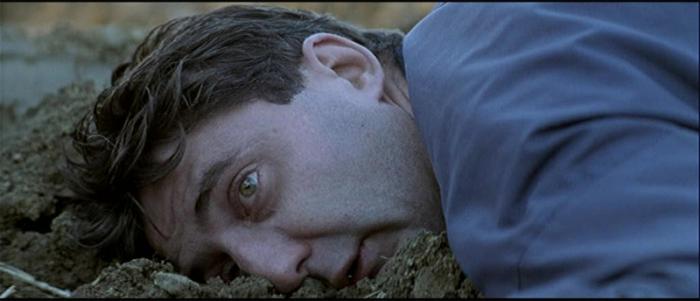
One of the more overlooked figures in modern French cinema is Bruno Dumont. His stark textures and style are evocative of figures like Robert Bresson, and his subject matter is often centered on violence or sex. His two most known works, L’Humanité and Flandres both won the Grand Prix at Cannes in 1999 and 2006, respectively.
L’Humanité is about a police detective who takes the case of the brutal rape and murder of an eleven-year-old child. Taking place in a small village, this case strikes a painful tone with the town and particularly with the detective. Constantly reminded of the tragedy that occurred to his own family, the detective must sift through his own baggage to solve this brutal case. With many memorable visuals and moments, this film is a reminder of the tragedy, pain, and fragility of human life.
4. Diary of a Country Priest (1951)
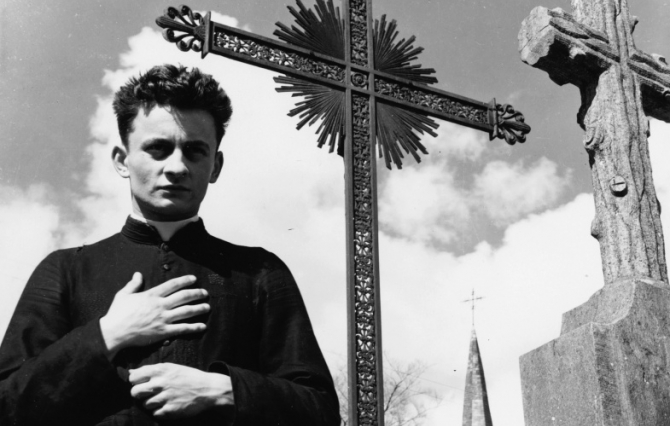
Robert Bresson is one of the most revered figures in the history of cinema. He has generated so many wildly important films that can be watched over and over and over again without ever getting tired of them. Films like Pickpocket and A Man Escaped are almost like encyclopedias of how to shoot a film, while films like Au Hasard Balthasar and Mouchette are encyclopedias are of the human condition. Almost always preferring non-actors to star in his films, Bresson retains complete control of the creative condition of his work.
One of his earliest films, Diary of a Country Priest was released in 1951. From the current perspective looking backward, it is difficult to not get caught up in the aforementioned classics to wind up finding Diary of a Country Priest. Nevertheless, it is as much a Bresson as all the rest. The film is about a young priest who joins the clergy in a small rural French town. As the town turns on him more and more, the priest begins to question his own faith.
3. The Naked Island (1960)
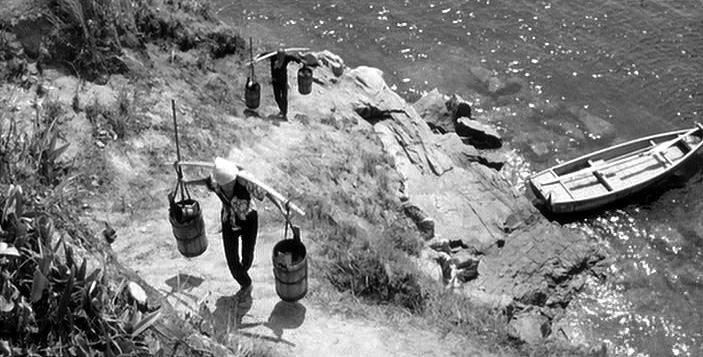
Kaneto Shindō is a master of Japanese cinema, particularly horror, with classics like Onibaba and Kuroneko. Both have incredibly distinct features that largely come from Noh theatre, a traditional form of Japanese theatre. Shindō’s far more serious and far more profound installment is The Naked Island, a breathtaking look at a day in the life of a family planting their crops.
Though not a silent film, The Naked Island lacks any dialogue at all and rarely features any music. The entire story is told through the expressions and movements of the family. They live on their own desolate island, where they must tend to their crops all hours of the day. The crops will then be sold to the high-ranking people on the mainland. Though little happens, it is an incredibly engaging film that says so much while saying nothing.
2. Landscape in the Mist (1988)
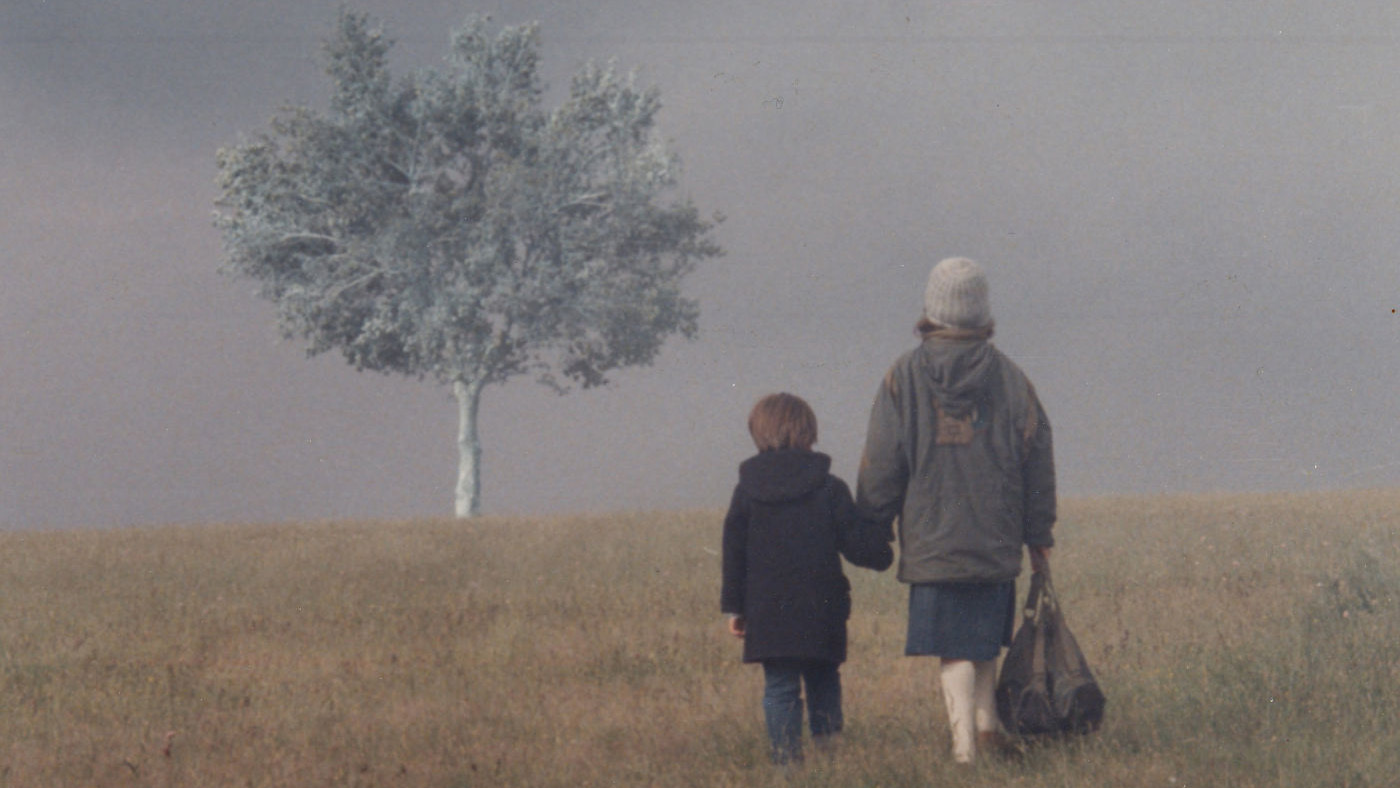
One of the more underrated directors to ever make films is the great Greek director Theo Angelopoulos. He is in much the same stylistic lineage as figures like Andrei Tarkovsky, Ingmar Bergman, and Robert Bresson. His name should be uttered in the same breath as those masters without any hesitation. His Palme d’Or winning film entitled Eternity and a Day is certainly his most famous and the most representative of his unique voice.
His film Landscape in the Mist is just as potent and stunning as Eternity and a Day. It follows to children who are trying to search for their estranged father. All they know is that he supposedly lives in Germany. These two young children travel all alone into a new country. In some places they are helped by the people they find. In other places, they are taken advantage of by the people they find. Their struggles and their joys lead them to discover things about themselves. It is almost as if you can watch the children grow up right before your eyes. It is an unbelievably consistent and cohesive film, with each beautiful, calculated moment bleeding seamlessly into the other, no matter how visually or conceptually related or unrelated they are.
1. Ordet (1955)
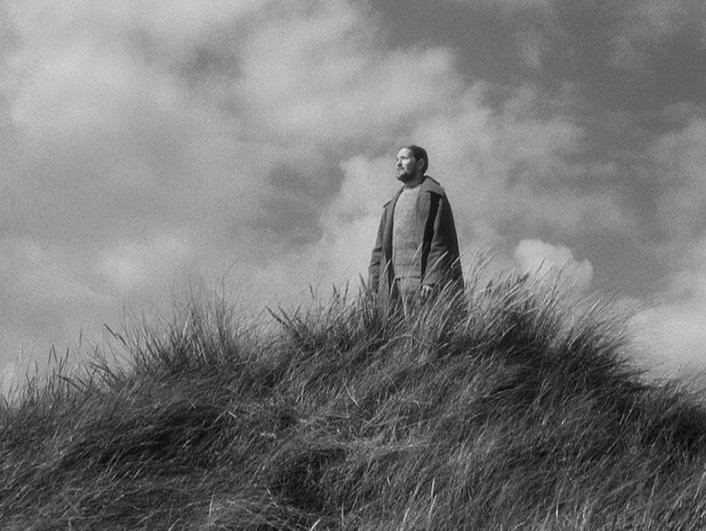
One of the most important early champions of film was the great Danish director Carl Theodor Dreyer. One of the most remarkable and emotional films of the early era of cinema was his Passion of Joan of Arc, in which he manages to make an entire world of emotion be told through simple camerawork. Another famous work of his Day of Wrath, which received largely negative reviews from audiences in Europe and the US. The film has since become regarded as a masterpiece in the canon of world cinema.
Dreyer’s film that gets sadly overshadowed by those two mammoth works is Ordet. This is just as much a masterpiece as The Passion of Joan of Arc and The Day of Wrath and deserve as much praise. The film revolves around a father and his three sons, who all have very different religious views. The father is a very devout farmer. The eldest son has grown apart from religion. The youngest son has not yet been tainted by the world and follows in his father’s footsteps. The middle child had a hysterical episode and believe that he is Jesus Christ. The four of them run into trouble with each other the more that conflict arises. Each must deal with their trials in their different ways, and through these differences butt heads with each other. Their differences are put to the ultimate test when the eldest son’s wife experiences complications when trying to deliver their child. A bleak and stunning reflection on humanity, religion, and strife, this film is completely unforgettable.